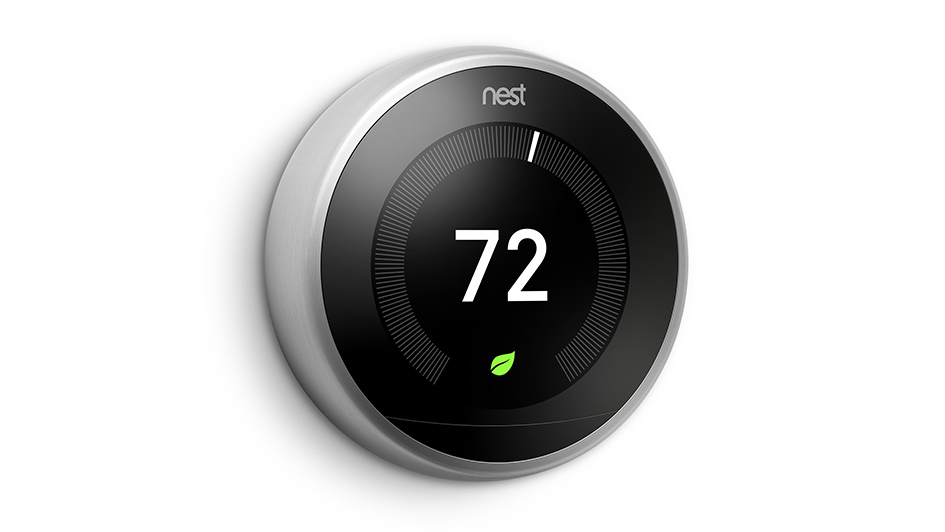
The Nest thermostat is one of the top-selling smart thermostats you can buy. And for good reason. It learns your temperature preferences and creates an energy-efficient schedule to match. And through geofencing with your phone, the Nest Learning Thermostat and Nest E realize when you’re at your house or out and about and can change temps to help you save even more.
The Nest works with a vast range of 24-volt heating and cooling systems, but it’s always a good idea to visit the Nest thermostat compatibility checker before purchasing one. Don’t forget to talk with your energy supplier for valuable rebates, as you may be able to get a Nest for free or close to it.
Once you’ve made sure it’s compatible, you can either wire it without help or hire a HVAC pro like Patterson & Stirling. If you’re wiring it without help, you’ll spot a terminal for the C-wire, or common wire. This wire is solely used for powering your thermostat. If your house or HVAC system is older, you might not have one of these wires. Most of the time, Nest says this isn’t an issue as the thermostat can draw enough power from other heating and cooling wires.
Sometimes, your heating and cooling system could require that C-wire. And here’s why.
Why Your Nest Keeps Losing Power and Other Problems
The Google Nest Thermostat is better than older programmable thermostats that rely on a combination of wiring and AA batteries for power. It relies on a rechargeable lithium-ion battery and wiring to connect to Wi-Fi, power its digital display and run your heating and cooling system.
8 Common Nest Thermostat Issues
If it can’t receive ample juice, Nest says you could have some of these issues:
- Short battery life.
- Thermostat motion sensing won’t work.
- Your thermostat occasionally disconnects from Wi-Fi.
- Your system abruptly turns on or off, or won’t turn off.
- Your system is creating strange noises, like chattering, stuttering, clicking or thumping.
- Heating or cooling is short cycling, or repeatedly turning on and off in a short period of time.
- There is a delay message on your Nest thermostat’s screen, along the lines of “heating is delayed for 2:30 minutes.”
- The system fan is always working, won’t turn on or turns off and on rapidly in a short period of time.
You could worry something is wrong with your heating and cooling system, but if you just started using the Nest, it’s best to start with your thermostat initially. This is especially true if the weather is mild, and you haven’t been using your heat or air conditioning frequently.
Our Professionals Can Resolve Nest Thermostat Issues
If you’ve tried Nest thermostat troubleshooting by yourself but can’t repair the dilemma, a smart thermostat specialist such as one from Patterson & Stirling can assist you. We can identify the issue and add a C-wire, if necessary.
Smart thermostats like the Nest are designed to make your life more convenient, with automatic energy-efficient programming and the option to keep an eye on temperatures while you’re on the go. It’s a frustrating experience when yours won’t run like it should, but our heating and cooling pros at Patterson & Stirling can resolve the issue fast.
If you’re experiencing odd heating and cooling behavior with your new Nest, call us at 814-308-0416 to request your appointment today.


